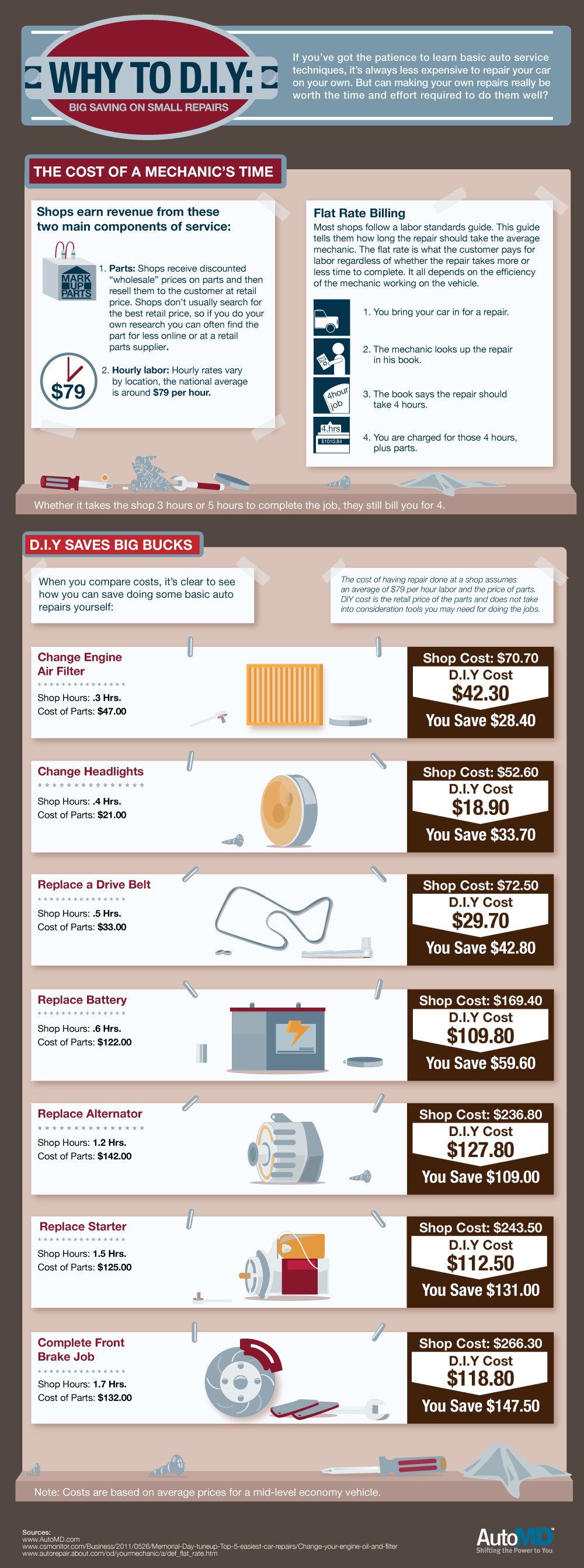Recognizing Your Car'S Caution Lights: What Do They Actually Mean?
Recognizing Your Car'S Caution Lights: What Do They Actually Mean?
Blog Article
Authored By-Cheng Mendoza
When you lag the wheel, those beautiful caution lights on your control panel can be a bit complicated. Do you understand what they're trying to tell you regarding your car's health? Understanding the value of these lights is crucial for your security and the longevity of your vehicle. So, the next time among those lights turns up, would not you intend to analyze its message precisely and take the needed actions to address it?
Common Warning Lights and Interpretations
Determine typical warning lights in your car and recognize their significances to make sure safe driving.
The most common warning lights consist of the check engine light, which signals issues with the engine or discharges system. If this light begins, it's essential to have your lorry checked quickly.
The oil pressure advising light shows reduced oil pressure, requiring immediate attention to prevent engine damage.
A flashing battery light may suggest a damaged billing system, potentially leaving you stranded otherwise resolved.
The tire pressure tracking system (TPMS) light alerts you to reduced tire stress, influencing vehicle security and fuel performance. Overlooking this might result in unsafe driving conditions.
The abdominal muscle light indicates a trouble with the anti-lock braking system, jeopardizing your capability to stop quickly in emergency situations.
Lastly, the coolant temperature level alerting light warns of engine overheating, which can lead to serious damages if not solved swiftly.
Understanding these common warning lights will certainly assist you address concerns quickly and keep secure driving problems.
Value of Prompt Attention
Comprehending the usual warning lights in your cars and truck is just the first step; the importance of immediately dealing with these cautions can not be emphasized enough to ensure your safety when driving.
When a warning light brightens on your control panel, it's your car's way of connecting a potential issue that requires attention. Ignoring green auto repair can lead to more serious troubles down the road, compromising your safety and security and possibly costing you extra out of commission.
Prompt focus to advising lights can prevent break downs and accidents. As an example, a blinking check engine light could show a misfire that, if left unattended, can trigger damages to the catalytic converter. Resolving this immediately can save you from a pricey repair work.
Likewise, a brake system warning light may indicate low brake liquid or worn brake pads, critical elements for your safety when driving.
DIY Troubleshooting Tips
If you see a warning light on your control panel, there are a couple of DIY repairing tips you can try before looking for expert help.
The primary step is to consult your car's guidebook to recognize what the certain caution light indicates. Occasionally the problem can be as simple as a loose gas cap setting off the check engine light. Tightening https://airliftperformancekits27261.blogsuperapp.com/30732897/uncovering-the-ideal-automobile-repair-shop-important-tips-for-assessing-neighborhood-technicians may solve the problem.
One more common issue is a reduced battery, which can activate various alerting lights. Inspecting the battery links for corrosion and guaranteeing they're safe and secure might fix the issue.
If a caution light continues, you can try resetting it by disconnecting the automobile's battery for a few mins and afterwards reconnecting it. Furthermore, checking your car's liquid degrees, such as oil, coolant, and brake fluid, can assist troubleshoot warning lights related to these systems.
Verdict
In conclusion, comprehending your vehicle's warning lights is vital for maintaining your car running smoothly and securely. By promptly resolving these signals and recognizing what they indicate, you can prevent pricey fixings and possible breakdowns.
Remember to consult your auto's manual for certain details on each cautioning light and act as necessary to ensure a hassle-free driving experience.
Stay informed, stay secure on the road!
